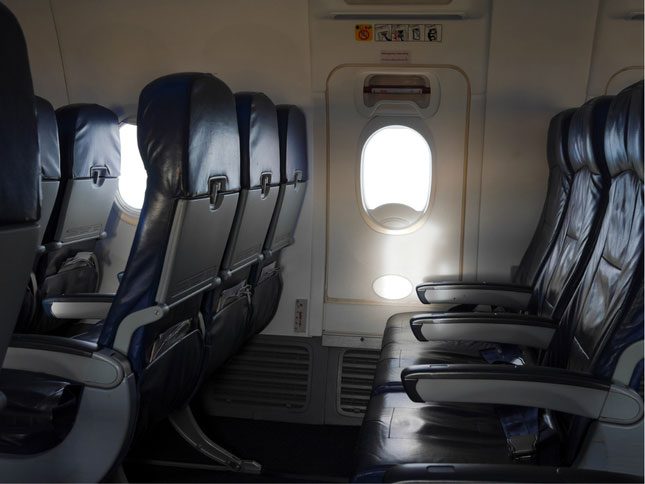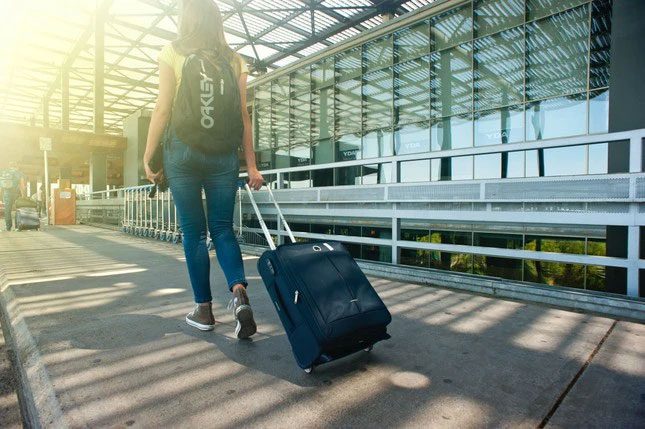Flying is often regarded as the safest mode of transportation. However, in case of an emergency, experienced pilots recommend that passengers use the 5-second rule to identify the nearest exit.
In emergency situations, passengers may experience limited visibility, and knowing the location of the exits can help them orient themselves more easily. Therefore, passengers should pay attention to this factor as soon as they are settled in their seats. According to seasoned pilots, this action takes only 5 seconds.

Identifying the location of the aircraft’s exit doors only takes 5 seconds.
Former pilot Hans Mast observes: “As soon as I board the plane, I always pay attention to the nearest exit, counting the number of rows of seats between my location and that exit. Counting the rows can be a crucial part of the process, but it’s often overlooked by passengers.”
Former pilot Nick Eades advises that evacuation alarms can sound at any moment, so passengers should proactively prepare for emergency situations.
Moreover, if passengers are capable and willing to assist others during an incident, they should choose seats in the exit rows. According to research from the University of Greenwich in the UK, passengers seated closest to the exits are more likely to survive an airplane accident because they can evacuate faster than those seated further away.

Passengers should limit the amount of bulky carry-on luggage.
Another safety consideration when traveling by air is to think about the weight of carry-on luggage.
Former pilot Dan Bubb, a professor at the University of Nevada, USA, recounts that he never overpacks his carry-on bag. He has seen many passengers bring oversized and heavy carry-on luggage onto the plane, struggling to fit them into the overhead compartments, often without success. This not only wastes time but can also be extremely dangerous if those bags fall on others.
Pilots also emphasize that passengers need to carefully review the safety instructions displayed on screens, in documents, or demonstrated by flight attendants. Additionally, it is important to thoroughly examine the safety card in the seat pocket since each aircraft type has different layouts and methods for opening emergency exits.


















































